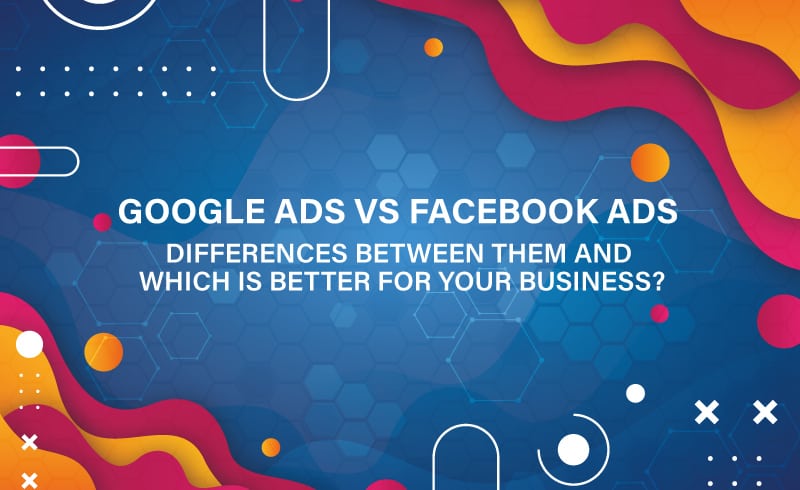
Google Ads and Facebook Ads are the leading pay-per-click (PPC) ad platforms, they are very different platforms with unique audiences and use cases. Google Ads is ideal for promoting brands, products, or services that people are actively searching for, whereas Facebook Ads is best for advertising products or services that a certain target audience is likely to be interested in but isn’t actively searching for.
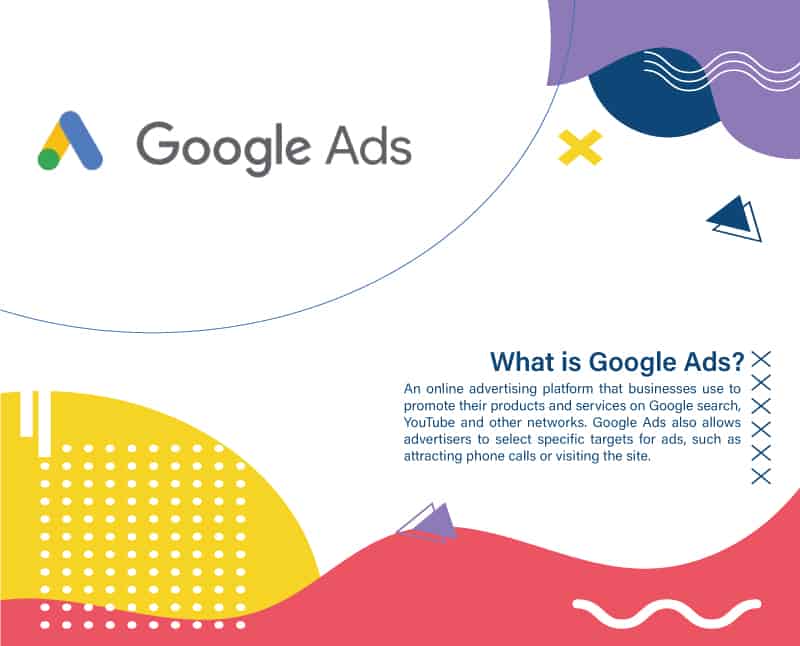
Google Ads (formerly known as Google AdWords and Google AdWords Express) is an online advertising platform that businesses use to promote their products and services on Google search, YouTube and other networks. Google Ads also allows advertisers to select specific targets for ads, such as attracting phone calls or visiting the site. Using Google Ads accounts, advertisers can customize their budget and location, start or stop advertising at any time.
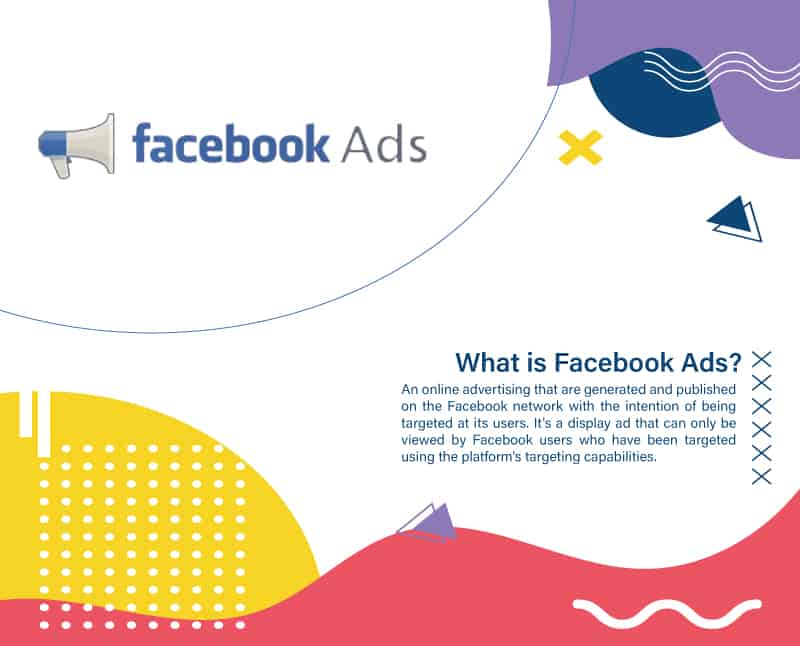
Facebook Ads are online advertising that are generated and published on the Facebook network with the intention of being targeted at its users. It’s a display ad that can only be viewed by Facebook users who have been targeted using the platform’s targeting capabilities. Interactions such as comments, shares, and Facebook reactions are possible with Facebook advertisements.
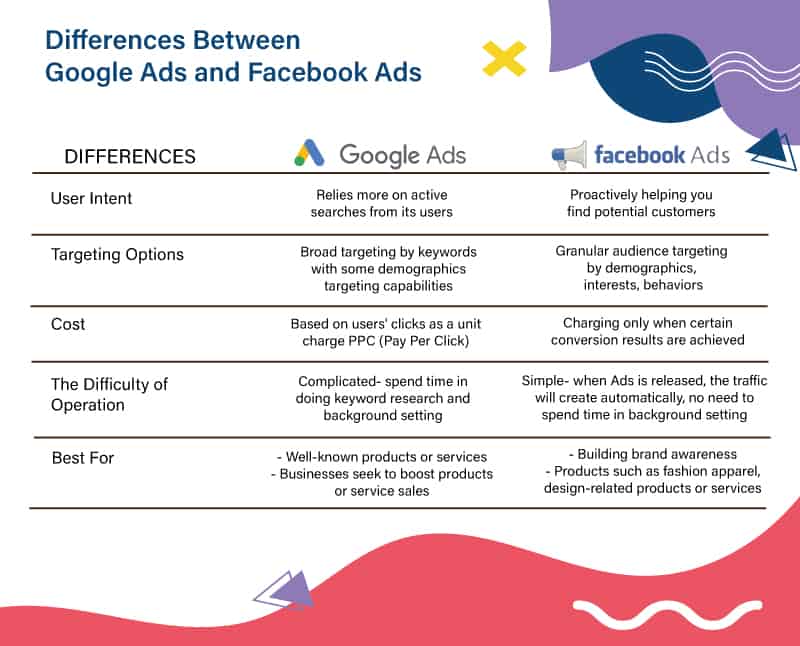
User Intent
Google Ads relies more on active searches from its users. Ad viewers are actively search on Google for a product, service, or specific brand and are likely ready to buy. They need to enter relevant keywords on the search engine before the website or content will be displayed to them.
Facebook Ads is good at proactively helping you find potential customers. Ad viewers may or may not be actively looking for a specific product, service, or brand; advertisers can target specific users, such as interests, behaviours, demographic information, visitors and followers.
Targeting Options
Google Ads are displayed based on the alignment of keyword searches and keywords used in ads. If users have clear needs to search, ads will be displayed. Users actively search for product-related keywords on Google indicate that they have clear needs. In addition to keywords, available basic audience targeting factors include age, gender, geography, and device type.
Facebook’s extensive targeting options include demographic data, hobbies, browsing habits, geography, life events, and a variety of other factors. Advertisers can use these tools to precisely target the individuals who will view their ads. Although Google Ads offers some basic demographic targeting, it mostly depends on keyword searches to show ads to the ideal audience.
Cost
Google Ads are basically based on users’ clicks as a unit charge PPC (Pay Per Click), the general indicator is Cost Per Click (CPC). In other words, the advertiser will be charged only if the user clicks on the relevant content, and the price depends on the popularity of the keyword and the search volume.
In addition to charging per click, Facebook Ads also provide different charging standards, including CPC, number of impressions, Cost Per 1000 Impression, and charging only when certain conversion results are achieved. You can also choose daily quota promotion, or fixed quota promotion within the date range, charging cap, etc., budget control is relatively more flexible.
The Difficulty of Operation
Google Ads are much more complicated than Facebook Ads. You have to spend a lot of time in doing keyword research, and the background setting of the Ads are also cumbersome and time-consuming. After the advertisement is placed, you have to constantly manage the keywords, adjust the bids, increase the negative keywords, and continuously optimize the advertisement, so that you can get the results.
Facebook Ads’ settings are relatively simple. After the Ads released and passed, there will be a lot of traffic. If the Ads are done right at the beginning, you can ignore it for a long time. This is why many companies are just beginning to promote their Ads through Facebook.
Best For
Google Ads are best for well-known products or services that your audience is actively looking for and searching for, such as electricians, beauticians, etc. These ads capture the audience at the buying stage, so the ad needs to be precise and must highlight the benefits of the product or service you offer. Besides that, Google Ads are also best for the businesses who seek to boost their product or service sales. By using Google Ads to boost business can encourage customers to complete a purchase. It can also help in generating leads by gathering contact details through a sign-up page.
Facebook Ads are great for building brand awareness, making it more visible to customers who don’t know a product and attracting their attention. This method can give new products more exposure, growing audience. Furthermore, if your products are mostly fashion apparel, design-related products or services, customers will not decide to buy only based on the text description of price or function, the form of pictures on Facebook is more advantageous.
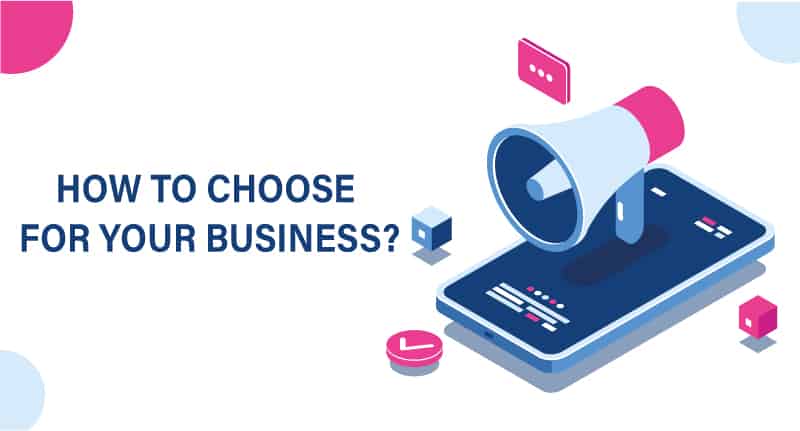
1. If you’re building your website on a platform like Shopify and you’re desperate to get your money back, then use Facebook ads first. When you are satisfied with the test, you can try Google Ads. This is because Google’s advertising budget is relatively large and its testing cycle is relatively long.
2. If your product is inherently more niche, you may choose to try Google Ads.
3. If your business uses Google Ads, try branded search ads and shopping ads first.
4. You can also decide according to your own development strategy. If it is a long-term experience website and brand, using Google Ads is the best choice. If your business is using Google Ads and you want to increase your brand exposure on social media, then you must use Facebook Ads.
There is no single channel is perfect and can convert 100% of your target audience. What a business needs to do is to make it possible for customers to see you in every channel. When the target audience likes the advertisement on Facebook, but does not act immediately and wants to buy it later, what will he/she do? They are very likely to search on the Internet. At this time, if the Google channel is covered, customers will be able to find you again easily. Therefore, instead of struggling to choose Facebook or Google, it is better to cover both channels according to the planned budget.

Google Ads and Facebook Ads are the leading pay-per-click (PPC) ad platforms, they are very different platforms with unique audiences and use cases. Google Ads is ideal for promoting brands, products, or services that people are actively searching for, whereas Facebook Ads is best for advertising products or services that a certain target audience is likely to be interested in but isn’t actively searching for.

Google Ads (formerly known as Google AdWords and Google AdWords Express) is an online advertising platform that businesses use to promote their products and services on Google search, YouTube and other networks. Google Ads also allows advertisers to select specific targets for ads, such as attracting phone calls or visiting the site. Using Google Ads accounts, advertisers can customize their budget and location, start or stop advertising at any time.

Facebook Ads are online advertising that are generated and published on the Facebook network with the intention of being targeted at its users. It’s a display ad that can only be viewed by Facebook users who have been targeted using the platform’s targeting capabilities. Interactions such as comments, shares, and Facebook reactions are possible with Facebook advertisements.

User Intent
Google Ads relies more on active searches from its users. Ad viewers are actively search on Google for a product, service, or specific brand and are likely ready to buy. They need to enter relevant keywords on the search engine before the website or content will be displayed to them.
Facebook Ads is good at proactively helping you find potential customers. Ad viewers may or may not be actively looking for a specific product, service, or brand; advertisers can target specific users, such as interests, behaviours, demographic information, visitors and followers.
Targeting Options
Google Ads are displayed based on the alignment of keyword searches and keywords used in ads. If users have clear needs to search, ads will be displayed. Users actively search for product-related keywords on Google indicate that they have clear needs. In addition to keywords, available basic audience targeting factors include age, gender, geography, and device type.
Facebook’s extensive targeting options include demographic data, hobbies, browsing habits, geography, life events, and a variety of other factors. Advertisers can use these tools to precisely target the individuals who will view their ads. Although Google Ads offers some basic demographic targeting, it mostly depends on keyword searches to show ads to the ideal audience.
Cost
Google Ads are basically based on users’ clicks as a unit charge PPC (Pay Per Click), the general indicator is Cost Per Click (CPC). In other words, the advertiser will be charged only if the user clicks on the relevant content, and the price depends on the popularity of the keyword and the search volume.
In addition to charging per click, Facebook Ads also provide different charging standards, including CPC, number of impressions, Cost Per 1000 Impression, and charging only when certain conversion results are achieved. You can also choose daily quota promotion, or fixed quota promotion within the date range, charging cap, etc., budget control is relatively more flexible.
The Difficulty of Operation
Google Ads are much more complicated than Facebook Ads. You have to spend a lot of time in doing keyword research, and the background setting of the Ads are also cumbersome and time-consuming. After the advertisement is placed, you have to constantly manage the keywords, adjust the bids, increase the negative keywords, and continuously optimize the advertisement, so that you can get the results.
Facebook Ads’ settings are relatively simple. After the Ads released and passed, there will be a lot of traffic. If the Ads are done right at the beginning, you can ignore it for a long time. This is why many companies are just beginning to promote their Ads through Facebook.
Best For
Google Ads are best for well-known products or services that your audience is actively looking for and searching for, such as electricians, beauticians, etc. These ads capture the audience at the buying stage, so the ad needs to be precise and must highlight the benefits of the product or service you offer. Besides that, Google Ads are also best for the businesses who seek to boost their product or service sales. By using Google Ads to boost business can encourage customers to complete a purchase. It can also help in generating leads by gathering contact details through a sign-up page.
Facebook Ads are great for building brand awareness, making it more visible to customers who don’t know a product and attracting their attention. This method can give new products more exposure, growing audience. Furthermore, if your products are mostly fashion apparel, design-related products or services, customers will not decide to buy only based on the text description of price or function, the form of pictures on Facebook is more advantageous.

1. If you’re building your website on a platform like Shopify and you’re desperate to get your money back, then use Facebook ads first. When you are satisfied with the test, you can try Google Ads. This is because Google’s advertising budget is relatively large and its testing cycle is relatively long.
2. If your product is inherently more niche, you may choose to try Google Ads.
3. If your business uses Google Ads, try branded search ads and shopping ads first.
4. You can also decide according to your own development strategy. If it is a long-term experience website and brand, using Google Ads is the best choice. If your business is using Google Ads and you want to increase your brand exposure on social media, then you must use Facebook Ads.
There is no single channel is perfect and can convert 100% of your target audience. What a business needs to do is to make it possible for customers to see you in every channel. When the target audience likes the advertisement on Facebook, but does not act immediately and wants to buy it later, what will he/she do? They are very likely to search on the Internet. At this time, if the Google channel is covered, customers will be able to find you again easily. Therefore, instead of struggling to choose Facebook or Google, it is better to cover both channels according to the planned budget.



